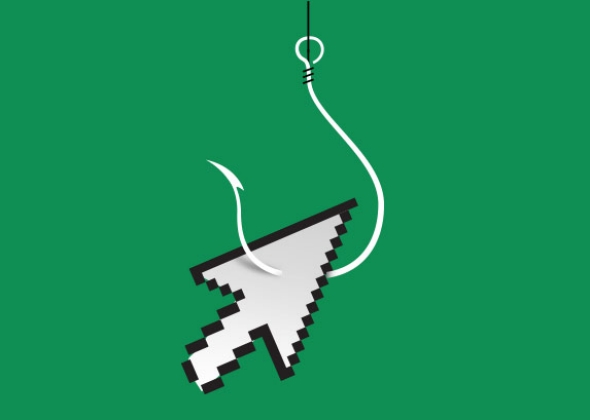
With an increasing amount of traffic coming from social media Web sites, news managers should write a mix of SEO, search-friendly headlines and headlines that serve as click-bait for social media audiences. Because one headline can’t do both.
I have been running my personal content site, Alvinology.com, for more than eight years, and I have noticed a shift in referring Web traffic over the past few years.
Increasingly, referral traffic from social media sites like Facebook and Twitter constitutes more than half of all referral traffic, with the rest coming from search.
I believe this is the same for other online news publishers as well, judging from the Web sites I used to manage at Singapore Press Holdings and News Corp. This is not rocket science and most of us in the media industry know this.
How then, should headlines be written to best capture the most online audiences?
You see, writing headlines for search engine optimisation (SEO) and writing headlines to click-bait social media users are two vastly different animals.
What is the best strategy?
SEO headline writing is clinical, technical, and extremely boring. The way the headline should be written for best SEO results is to insert all the keywords an average user will search for when finding out more about a particular piece of news or subject and be as informative as possible.
Most of the do-it-yourself posts, how-to pieces, listings, and directory Web sites thrive on good SEO headline writing.
On the other hand, the way click-bait headlines are written for social media is to play with humans’ curiosity to want to find out more about a topic. Most of the news sites featuring trivia, human interest stories, and gossip thrive on click-bait headlines, withBuzzFeed being the epitome of all click-bait sites.
It is quite impossible to write a headline that can serve as a click-bait and yet returns good SEO at the same time. Instead of cracking your head on this, a suggested strategy is to split the mix of headlines for your content instead.
The way I would structure Web content headlines would be a 50/50 split between SEO and click-bait headlines to best capture online audiences from both pools.
The SEO Web traffic is reliable and constant. If done correctly and over a long period of time with a steady archive of highly searchable articles, these articles will provide overall “evergreen” traffic to your site, forming the foundation Web traffic.
Click-bait Web traffic is temporal, time-sensitive, and rapid. It will provide a sudden burst of extremely high traffic, but is unreliable in the long run.
Combining the two, the SEO traffic constitutes the bedrock while one or two click-bait articles that go viral each month will give your Web site solid overall monthly traffic.
What is your headline writing strategy for your online publication? Share them with me @alvinologist on Twitter or @alvinology on Facebook.










![[Review] Test Driving the Polestar 2 Full Electric Car in Singapore [Review] Test Driving the Polestar 2 Full Electric Car in Singapore - Alvinology](https://media.alvinology.com/uploads/2022/06/polestar-2-test-drive-car-35-1024x576.jpg)

![[EARLY BIRD PROMO] Brooke Lynn Hytes - the Queen of the North is coming to Singapore this March 2020 [EARLY BIRD PROMO] Brooke Lynn Hytes - the Queen of the North is coming to Singapore this March 2020 - Alvinology](https://media.alvinology.com/uploads/2019/12/Brooke-Lynn-Hytes-1024x538.jpg)